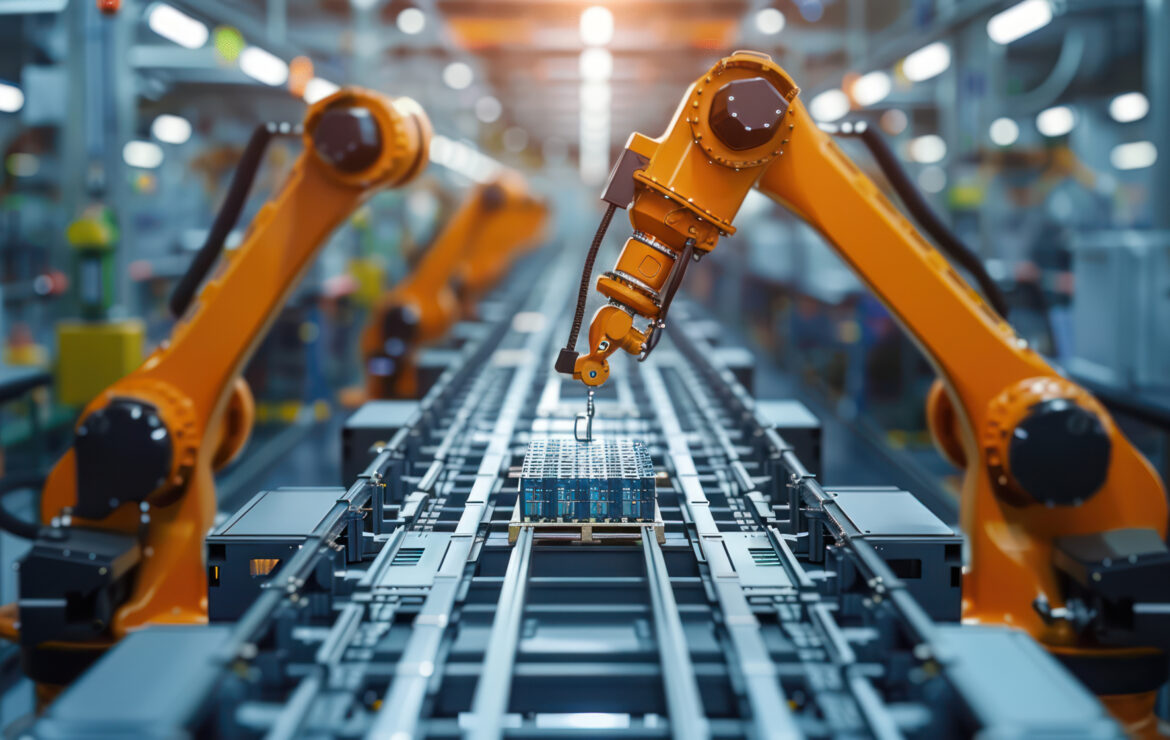
Battery Manufacturing in the United States
With the increase in federal, state, and local government funding, electric vehicles (EVs) have become more in demand. Along with the rise in demand for EVs, the same is true for lithium ion batteries. In 2019, just two battery factories were operating in the US; today, there are approximately 34 either planned, under construction, or operating. Projections by the Argonne National Laboratory (ANL) show that the United States will increase its total lithium ion battery production to almost 20 times its 2021 production rate by 2030, with approximately 1 TWh/year of batteries forecast to be produced by 2030. The forecast projects 346 GWh/year in 2024 and 800 GWh/year in 2025, leading to nearly 998 GWh/year by 2030.
Battery manufacturers have strategically chosen where they are standing up these plants. Their strategy has been to locate their plants close to EV manufacturers around the country, arranged in a north-south band from Michigan to Alabama. Tennessee, for example, has seen its fair share of battery manufacturing growth over the past few years, with the expectation of seeing more growth in the years to come. Tennessee will soon become the nation’s largest lithium refinery, with companies like Piedmont Lithium establishing multiple plants to contribute to that anticipated growth. This is partly due to the investment the Department of Energy has granted manufacturers. For example, Ultium Cells LLC, a joint venture between LG and General Motors, announced an investment of more than $2.3 billion to build a secondary plant in Spring Hill, Tennessee. This plant is expected to create more than 1,300 jobs in the Spring Hill area. Going into states like Tennessee, investments like these will contribute to meeting the US’s battery manufacturing forecasts.
We also expect to see battery manufacturers outside the US establish new plants, which will contribute to the global battery manufacturing forecasts. Previously, China dominated the lithium-ion battery industry, but that has recently changed with more foreign and US battery manufacturers making commitments to produce batteries in the US before 2030. One of the many incentives that have contributed to battery manufacturers targeting production of batteries in the US is the Inflation Reduction Act (IRA). Many other opportunities have influenced the surge of foreign battery manufacturers to produce in the US, but some IRA incentives are advantageous for producers. One benefit that entices battery manufacturers is that the production of battery cells qualifies for a credit that gives producers $35/kWh of capacity. At the same time, the production of battery modules qualifies for a credit of $10/kWh of capacity. These provide significant financial opportunities for battery manufacturers to produce in the US.
The surge in battery manufacturing in the US is not only a testament to the industry’s growth but also a significant step towards achieving President Biden’s ambitious goal of having 50% of all new car sales by 2030 be electric or hybrid vehicles. This goal, while ambitious, is within reach with the increasing infrastructure and future supply chain. With the industry’s plans for increased manufacturing capacity, vehicle OEMs will be well-positioned to meet the EV production goals for the future, thereby contributing to the realization of President Biden’s vision.





